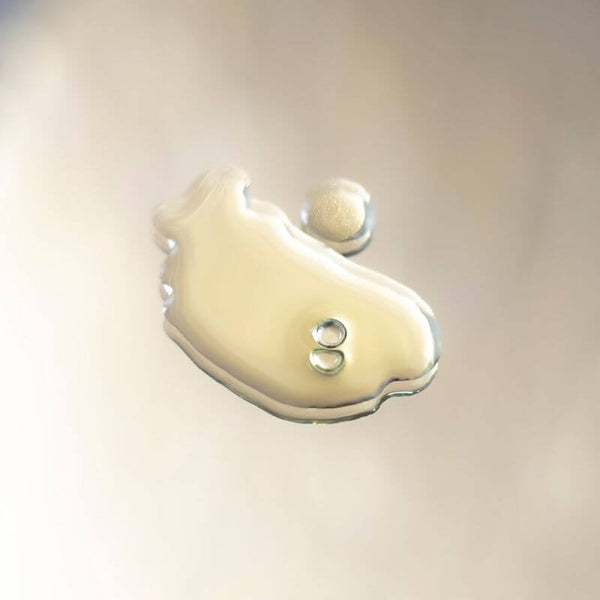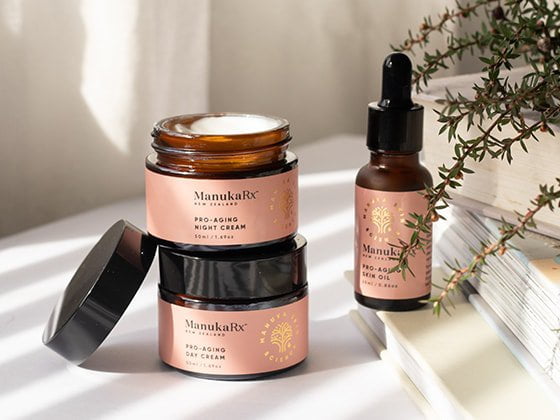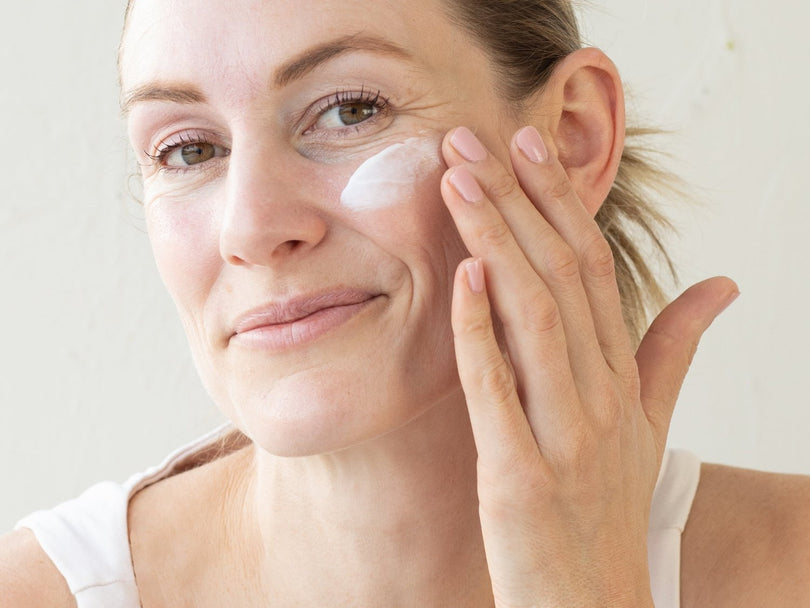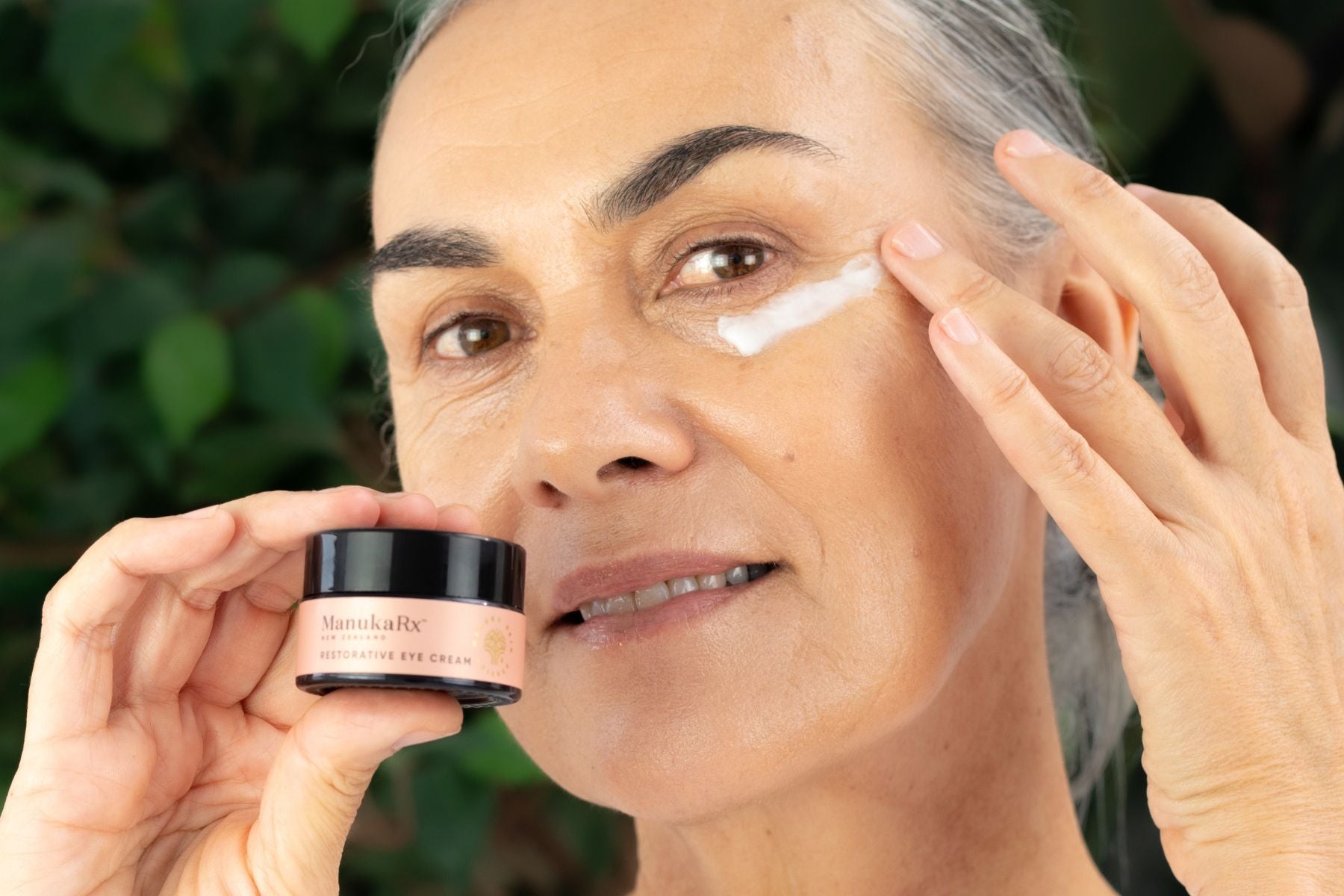
Toenail fungus isn't something anyone – ever – wants to deal with.
You probably wouldn't wish it upon your worst enemy (okay, maybe you would).
Toenail fungus is extremely difficult to get rid of because it penetrates deep into your nailbed. You can tap the surface a bit, but it sticks around deep.
That's exactly why many topical solutions often fall short.
Here's what you need to know about using natural solutions like mānuka oil for toenail fungus.
Understanding Toenail Fungus
Both toenail fungus and athlete's foot are extremely common conditions. If you find yourself with a persistent case of toenail fungus, it doesn't mean you're dirty or aren't taking care of yourself properly.
Yes, you can take precautions to avoid suffering from these fungus infections, but they're no indicator of overall cleanliness. These things happen to almost everyone at some point.
First, you should make sure what you're dealing with is actually toenail fungus and not something else. Here are some of the most prominent symptoms.
- Thicker than normal toenails
- Your toenails are discoloured – usually yellowish or brownish
- Your toenails have become crumbly or brittle
- Your toenails are an irregular shape
- You notice a dark colour at the base of your nail bed
- Your toenails smell unusually bad
- Athlete's foot between the toes or anywhere on your feet
When someone gets toenail fungus, they often say to themselves, "how the heck did I get this?" It's a very valid question because once you get toenail fungus, you definitely want to make sure you never get it again.
Although athlete's foot can often spread to nail beds, most fungal infections in your toenails are the result of a different fungus called dermatophyte. In fact, yeast and mould can also grow in the nailbeds causing a fungal infection.
These factors increase your risk of contracting a toenail infection. (So try to avoid them as much as possible.)
- Advanced age: getting older reduces blood flow and nails grow slowly (Sorry, you can't really avoid this one.)
- Walking barefoot in public places like spas, showers, and bathrooms
- Ingrown toenails or minor abrasions
- Psoriasis or eczema causing overgrowths of skin around your toes
- A compromised immune system
- Reduced blood flow to the feet from diabetes or other conditions
- Naturally sweaty feet
- You recently suffered (or are suffering) from athlete's foot or another fungal infection somewhere else on your body
It's important to see a doctor if you have a persistent or severe case of toenail fungus. The infection can spread to other parts of the body, permanently damage your toenail, or cause additional complications in diabetics.
What's Wrong with Traditional Toenail Fungus Treatment Options?
If you're dealing with toenail fungus right now, you've probably noticed that traditional over-the-counter treatment options don't really cut it.
This is because the fungal infection penetrates deep into your nailbed – it sticks around really deep. That's why oral medications are often needed in severe cases: they target the infection from the inside out.
Although many topical creams can – and do – get the job done, they often aren't as effective as natural options. Conventional products contain chemicals. While these chemicals usually aren't dangerous, they don't help your body fight the fungus the same way natural treatment options do.
Plus, these treatment options usually only target fungi.
In many cases, you may require antibacterial, antimicrobial, anti-inflammatory, and antiviral solutions as well. A fungal infection often progresses into bacterial infections and cause painful swelling or inflammation.
Many natural options can solve all of this in one fell swoop.
What's So Great About Mānuka Oil for Toenail Fungus?
Mānuka oil is one of the most powerful antifungal treatment options you can find. If you're one of those people who love tea tree oil for, well, everything, you're going to LOVE mānuka oil.
Why?
Because mānuka contains more of everything you love about tea tree oil. Triketones are what give essential oils, like mānuka and tea tree, their potent antibacterial, antiviral, antifungal, and antimicrobial properties.
Anti-inflammatory
What makes mānuka oil for toenail infections so great?
For one thing, mānuka has powerful anti-inflammatory properties. Studies show that mānuka oil is extremely beneficial for reducing swelling and inflammation – especially in open wounds.
Antibacterial
Research shows that mānuka oil can successfully target and eliminate several common bacterial infections such as S. aureus, Staphylococcus aureus, and even MRSA. Although tea tree oil is very powerful for targeting bacteria, these studies indicate that mānuka is even MORE potent.
Antimicrobial
Mānuka oil is very effective as a cleaning agent for removing traces of microbes. That's why mānuka oil for toenail fungus is one of the best natural options: it helps cleanse the entire area.
Antifungal
Mānuka oil is one of the most potent natural solutions for targeting fungal infections due to its high concentration of triketones. Unlike many topical creams, mānuka oils and ointments work with the body to help you fight the fungus. They're able to penetrate deeply into the nailbed.
Antiviral
When you have any type of fungal infection, you also risk developing other infections from bacteria and viruses. The very nature of infections compromises your immune system putting you at increased risk. If you're exposed to viruses, mānuka oil can help you fight back before you contract an infection. Yes, it has potent antiviral properties too.
Try our fungus-fighting East Cape Mānuka Skin Oil today!







1 comment
Georgette Howard
Do you have to dilute the Manuka Oil? If so what percentage?
Do you have to dilute the Manuka Oil? If so what percentage?